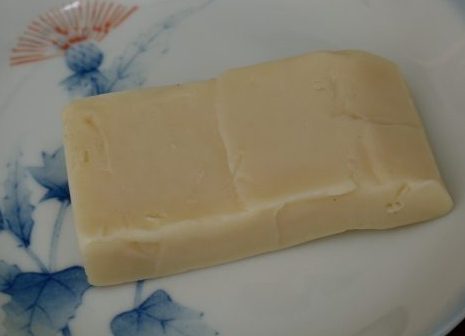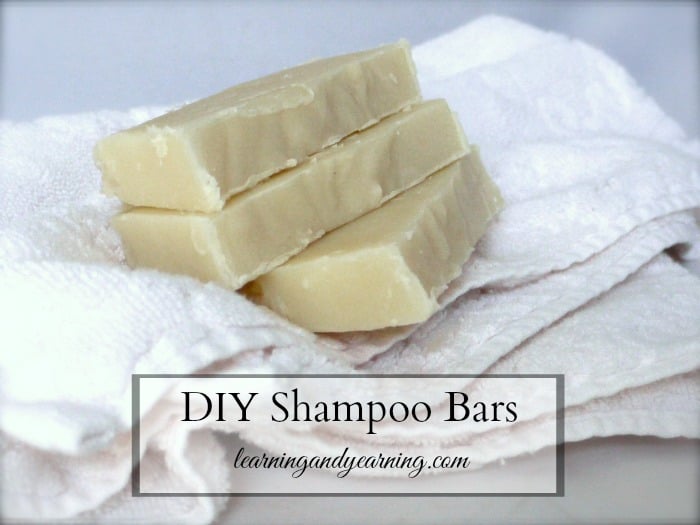I’m sure you’ve heard of the no-poo method of shampooing – wash with baking soda and water, rinse with apple cider vinegar. I’ve heard that for some people it takes an adjustment period where their hair is greasy, but I tried it for a month and it worked perfectly, right from the start.
But, oh, I admit it. I really missed suds. Homemade shampoo bars to the rescue!
So I Decided to Make Shampoo Bars
My shampoo bars are nice and sudsy and contain rosemary oil which is purported to have a number of benefits and smells so fantastic. Rosemary:
- stimulates circulation to the scalp
- is anti-bacterial
- makes hair shiny
- helps to stop hair loss
- stimulates hair growth
- treats dandruff
- soothes itchy scalp
- darkens hair
- and is good for all hair types
Two added benefits of this soap – I find that I do not need conditioner when I use this shampoo bar because of the jojoba oil, and it makes a great body bar as well. So, I hop in the shower and use the same bar to shampoo, condition, and wash.

DIY Shampoo Bars
Ingredients
- 13.2 ounces distilled water
- 5.78 ounces lye
- 18 ounces coconut oil
- 10 ounces castor oil
- 8 ounces olive oil
- 4 ounces jojoba oil
- .5 ounce rosemary essential oil
Instructions
- Fill your sink with cold water and some ice to use as a water bath to cool the lye mixture.
- Wearing your rubber gloves, place the water into your pitcher and slowly stir in the lye. Do this outdoors if possible. Stir slowly until dissolved. The temperature will rise very quickly to 220°F or so.
- Now place the pitcher into the cold water bath in your sink and begin to take its temperature. The goal is 100°F .
- Place the oils into your pot and heat at a low temperature trying to reach 100°F . This will happen quickly. You now want to get both the lye and the oil to 100 degrees at the same time. Use the ice water bath to accomplish this.
- When both the lye and the oils are at 100°F, pour the lye mixture into the oil mixture very slowly. Continue stirring until the mixture reaches a point called “trace”. The soap is traced when your stirring causes lines in the mixture that stay in place or when a drizzle of the soap mixture retains it shape on the surface of the soap.
- If trace is taking over 15 minutes, you may take breaks in stirring – stir for 10 minutes and rest for 10 minutes.
- When the soap reaches trace, add the rosemary essential oil and stir it in thoroughly.
- At trace, pour your soap into prepared molds.
- Cover with cardboard and then wrap in a blanket to hold the heat. You want your soap to cool slowly. You may remove the blanket after the first day, but the soap itself may take several days to harden. When it feels solid, you may cut the soap into bars and un-mold it.
- The soap is still very alkaline and should not be used until it has cured for 2–4 weeks.

